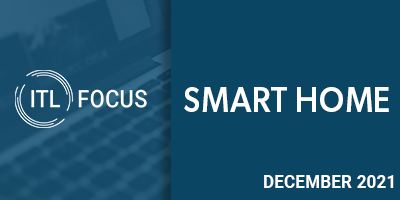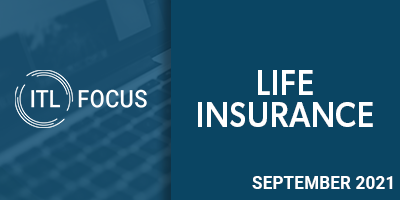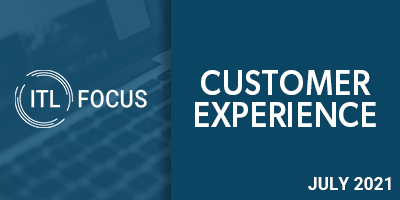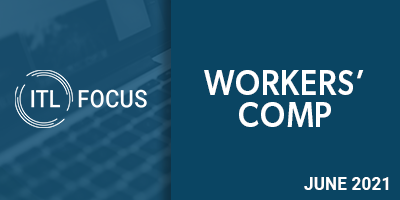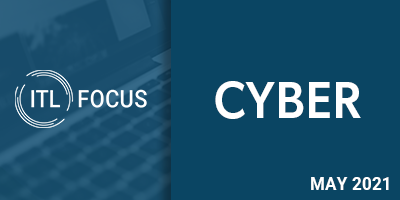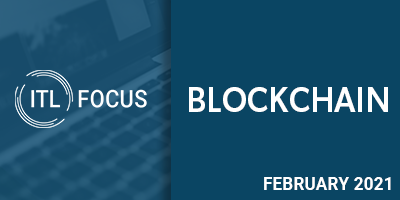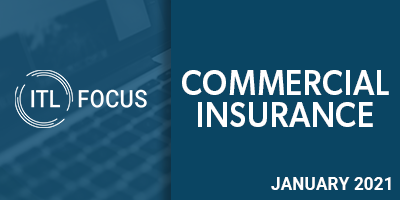I don't know about you, but if I never hear another client, or prospective client, say they “just want an apples-to-apples comparison,” it will be too soon!
As insurance agents, we don’t just hate that expression, we also know it's a terrible idea for our clients. They ask for the comparison simply because insurance is complex, and they want to simplify information so they can make a decision and get on with their business. Unfortunately, many in the agent community have cooperated with this poor risk management strategy, which serves neither the client nor the agency, whether for personal or commercial lines. It reduces insurance and risk transfer to a commodity, which it is not and never will be, and results in inadequate or inappropriate coverage that rears its ugly head when a claim arises.
In the future, agents who cooperate with apples-to-apples quoting will struggle. To understand why, we need only look at how technology is changing the rules of doing business.
Technology-Driven Winners
Technology, driven largely by artificial intelligence, will make it possible for customers to be better-educated, not only on their risks but on the various risk transfer mechanisms available to them. Smart systems will allow both consumer and commercial insurance purchasers to match their needs with available policy coverage in new and unprecedented ways. Also, relentless pressure for improved bottom lines fostered by competition in the marketplace will put an ever-increasing spotlight on the cost of insurance, forcing businesses to make more informed decisions. All of this means that agents must up their game from a technological perspective to prosper. Fortunately, technology will help in at least two ways.
First, the improving technical tools available to agents will make it easier for them to select specific policy coverage and language for unique client needs. And improving integration between agency management systems and carrier technology will allow better product selection. Within a few years, this integration will increasingly be done automatically, freeing agents' time. Additionally, as insurance companies continue to learn how to analyze the massive data they are collecting, their pricing methodologies will change. It will become easier for them, and their agency partners, to propose bespoke coverage with tailored pricing for smaller and smaller risks.
Second, a technology that can make a profound difference in moving agents away from commoditized selling is virtual transportation systems. Think Zoom, Microsoft Teams and other widely adopted platforms. Dan Sullivan of the Strategic Coach points out that Zoom is really a transportation technology in that it allows you to transport yourself over endless distance, and enables face-to-face communication with virtually no time or expense.
But Zoom and similar products are merely the Model T version. Within five years, there will be widespread adoption of augmented reality systems that allow full, 360-degree, three-dimensional, almost physical communication between people at any distance. Agents will be able to market much more broadly than ever before. Agents will be able to fine tune and narrow the niche or target markets in which they work. This will result in increased collaboration among agents, clients and insurance companies as all three seek to fine tune not only coverage, but pricing, as well.
Agents who adopt these technologies and master them will win. They will write the most profitable business and experience the highest growth rates while leaving other agencies using old technology and outdated mindsets to increasingly fight over the less profitable scraps of business. While this future, which is coming rapidly, is exciting, it is also potentially frightening because busy agents often aren't sure what to do to prepare.
See also: 2021: The Great Reset in Insurance
Preparing for Change
The first thing to do to be ready for this impending future is simple: Master your agency management system (AMS) so that data is uniform and complete. Most agencies, according to all major AMS companies, use only a fraction of the software capabilities already at their disposal. Worse, agency employees are not consistent in how they enter, preserve and manipulate data. This data is the raw material for the customized coverage and pricing model of the future. But if it is not accurate, complete and consistent, that future will be much harder to achieve. So, agents should start now by learning how to maximize the capability that is already present in their AMS and working on data collection and discipline.
A second cultural objective to consider is implementing and enforcing consistent, careful annual coverage reviews with both prospects and clients. While this is standard practice in many agencies, it is often overlooked or involves only a cursory review of changes in business exposure or coverage needs. In the future, when clients know more about their own risks and coverage options, this won't be adequate. Agents should begin now to increase their thoroughness.
Third, understand, use and maximize your current carrier’s technology tools. Hartford Insurance Senior Vice President Matthew Kirk said in a recent podcast that using the tools that carriers already provide is one of the biggest opportunities for both agents and companies to reduce costs, increase speed and deliver appropriate solutions. By having serious conversations with carriers about capabilities, agencies can find another way to prepare for a future in which technology increasingly dominates competitiveness.
Finally, agencies should consider adding tools now from those that already exist. For example, many agencies find that tools like Risk Match allow them to do a better and faster job of matching client risk to carrier appetite. And tools like ModMaster allow agents to help their clients understand what drives their workers’ compensation costs and allows for agent/client conversations to move past price — to collaboration on risk reduction and cost elimination. There are many other similar tools in the market now that may be of use to agencies and their specific situation. The key is to become aware of these tools and add them to your arsenal as soon as possible.
Taking these steps, which appear deceptively simple, will prepare agencies for a future in which the client/agent conversation shifts from fruit comparisons to one that is more like the tailor and his clients while preparing a bespoke suit.



























